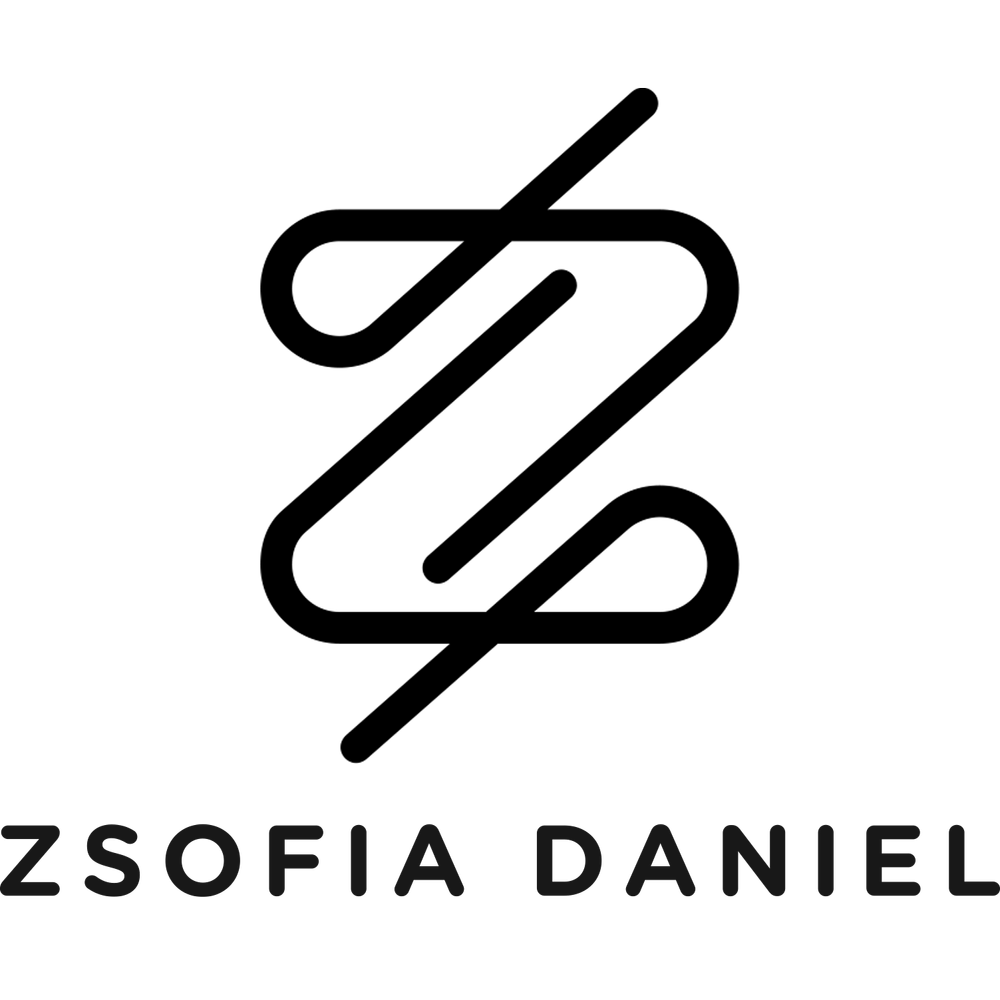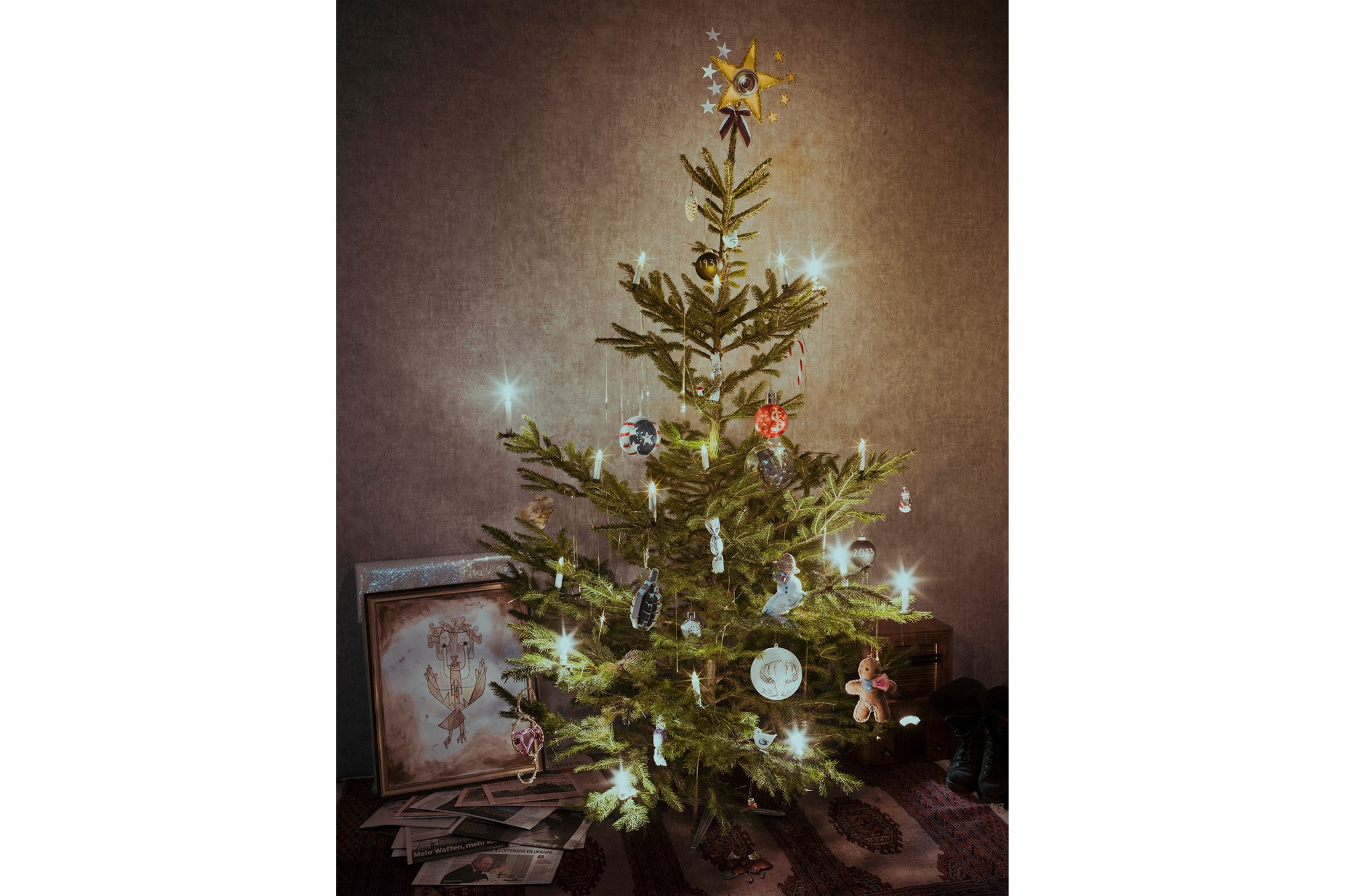Behind the image: “Christmas tree for Europe”
Project Summary
The images in ‘31 explore social and political parallels between the present and the late 1920s, early 1930s.
The project’s limited-edition archival pigment prints measure 31 x 42 cm (12.2 x 16.5 inches).
Caption to “Christmas Tree for Europe”
"Christmas Tree for Europe" visualises the similarities between the post-WWI European landscape and today’s reality. The Ukraine war, the Gaza tensions, and the past years restrictive decisions on abortion rights (such as U.S. Roe v. Wade and the Decision No. 175 of the Polish court) echo the political and economic turmoil of the early 20th century as depicted by George Grosz on the cover of Die Pleite in 1923.
Besides raging wars and division on foreign policies, issues like gender theory and climate change, paralleling the 1920s. Income inequality, intensified by corporate dominance, mirrors the economic disparities of the 1920s. Surveillance, initially used in 1920s Germany to target "undesirables," has evolved into a sophisticated global system, affecting personal freedoms and privacy. Given these parallels and new challenges, one must ask: Are we experiencing a cycle where history is essentially repeating itself?
Christmas Tree for Europe - 2023
Copyright: Zsofia Daniel
The inspiration
“Christmas Tree for Europe” draws inspiration from George Grosz's cover art for the illegally printed magazine Die Pleite (Bankruptcy) from 1923. The satirical, known for its harsh criticism of Germany's capitalist government in the 1920s, predicted the rise of right-wing extremism across Europe. During this period, prominent intellectuals such as Grosz were forced into exile due to political changes in Germany.
Decorations
Each ornament on the tree serves as a poignant reminder of the complex tapestry of history and current affairs, inviting reflection on how the past shapes the present and future. Many of them were hand made for the photoshoot and provide a special meaning referencing both major events occured during 2022 and 2023 and historical parallels from the 1920s / 1930s.
The ornaments were chosen to reflect on the following topics:
Surveillance : At the pinnacle sits a topper symbolizing surveillance, cleverly integrating the flags of the U.S., China, and Russia with a camera lens that ominously looks at the viewer, signifying the pervasive nature of global surveillance.
Abortion Laws: A glittering §-sign in gold and blood red encapsulates a stylized womb. It represent the contentious abortion laws in Poland and the U.S. and reflect on the 1920s perspective, highlighting the ongoing struggle over reproductive rights.
Environmental Issues: Decorations like a Dustball and a melting snowman encapsulate environmental concerns, reminding us of the Dust Bowl (a period of severe dust storms that greatly damaged the ecology and agriculture of the American and Canadian prairies during the 1930s) and the current crisis of melting ice caps.
Unregulated Business: Two ornaments are combined into a businessman-like shape with a head of a $-sign and an torso in suit. It symbolizes the influence of unregulated business and corporate power, echoing the economic disparities of the 1920s and today.
Gender Theory: A gingerbread man with a pink and blue bowtie represents the evolution of gender theory, connecting to the 1920s’ early attempts at gender reassignment.
Anti-Immigrant Sentiments: An ornament depicting stars and stripes fashioned into Ku Klux Klan members and barbed wires, contrasting current anti-immigrant sentiments with the Klan's resurgence in the 1920s.
Wars: Decorations like a snowy hand grenade and a depiction of a bomb explosion serve as stark reminders of the ongoing conflicts and their historical precedents.
Soaring Energy Pricies: A mix of real and electric candles, reflecting on the current issues with electricity prices and shortages, bridging the gap between the past and the present.
Broken Stopwatch: Symbolizing history repeating itself, the broken stopwatch is a powerful metaphor for the cyclical nature of time and events.
Vegan Chocolates and Plastic Candy: These represent contemporary dietary trends and the changing perspectives on food and consumption.
Past & Present: A battered Santa Claus and a pine cone dripping with red candle wax evoke the nostalgia and the harsh realities of Christmases past. Two black ornaments bearing the years of 1931 and 2023 binding the tree firmly to both eras.
Hope for Peace: Two small white pigeons with blue wings symbolize my enduring hope for just peace amidst global turmoil.
Gifts
Under the "Christmas Tree for Europe," an array of symbolic "presents" lie, each representing a facet of our current world and its echoes of the 1920s in Europe.
Newspapers with updates on the Ukrainian war remind us of the constant state of geopolitical tension, similar to the conflicts of the 1920s. These papers also announce the death of Queen Elizabeth II, marking the end of an era, much like the 1920s saw the end of old European monarchies and empires.
A radio from 1931, switched on and broadcasting unknown contents, symbolizes the uncertainty and rapid technological advancements of both eras. In the 1920s, radio was a novel medium, changing communication and propaganda methods, much like today's digital revolution.
Combat boots, a stark symbol of ongoing conflicts, reflect the militarisation that was prevalent in post-WWI Europe, leading up to the world-altering events of the following decade.
In front of a packed picture, a copy of Paul Klee's "Angelus Novus" is waiting to be shipped off. The "angel of history" is looking back at the debris of the past while blown towards the future by a storm, paralleling the tumultuous aftermath of WWI in Europe and the buildup to WWII to the current global upheavals.
These "presents" under the Christmas tree not only illustrate the current state of the world but also draw a poignant comparison to the events of the 1920s in Europe, suggesting a cyclical nature of history where past and present dialogue continuously.
Paul Klee - Angelus Novus (1920) Oil transfer and watercolor on paper, 31.8 x 24.2 cm, The Israel Museum, Jerusalem


